Khoy Rugs
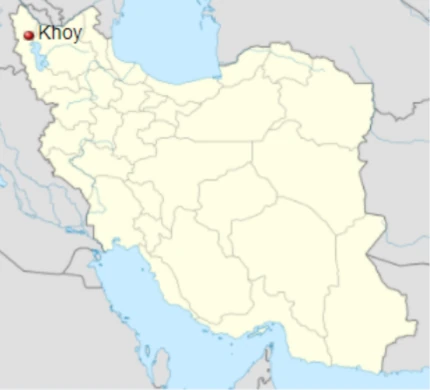
Khoy (also Romanized as Xoy and Khoi), is
an ancient city north of the Lake Urmia. The
city is the center of Khoy County, West
Azerbaijan Province, Iran. Khoy is located
north of the province’s capital and largest city
Urmia, and 807 km north-west to Tehran.
The region’s economy is based on agriculture,
particularly the production of cotton, fruit,
grain, and timber.
Khoy was named in ancient times for its salt
mines. One of the important historic elements
of the city’s Khoy in the county is the St.
Sourp Sarkis church, one of the many
churches in the county. Armenian documents
wrote that the date of the making has to be
either 332 or 333 AD.
Rug weaving is considered an ancient craft in
the region. In the contemporary era, Khoy’s
weavers were inspired by Tabriz’ style and
designs.
Technical aspects and the structure of Khoy Rugs
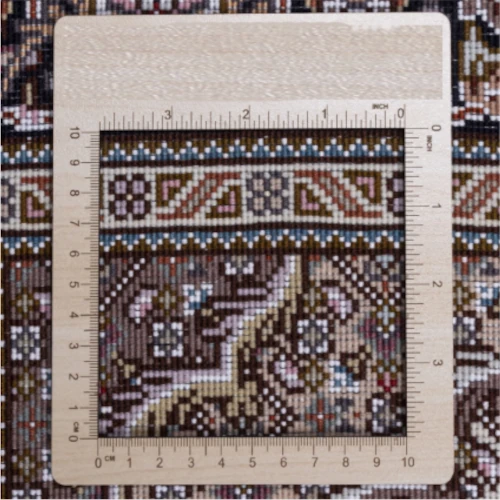
Khoy rugs’ foundations are normally cotton
and the piles are woolen. The wool used in
the area is thick and durable. Undyed camel
hair is also used in Khoy.
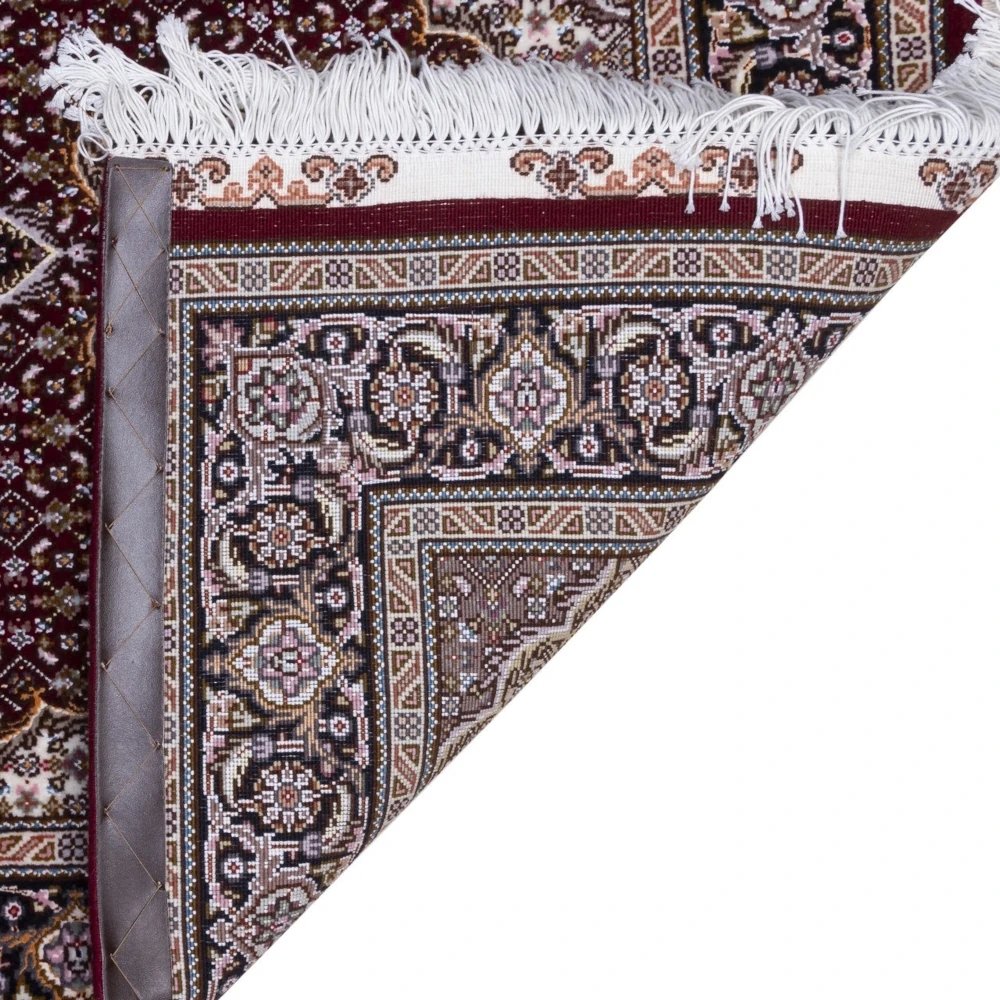
Khoy’s pieces are mostly double-wefted.
Knots are symmetrical (Turkish). Both
coarse and fine-woven styles are found.
Coarse-woven pieces are made in the
surrounding villages while fine-woven ones
are made in city-workshops which follow
Tabriz’ style.
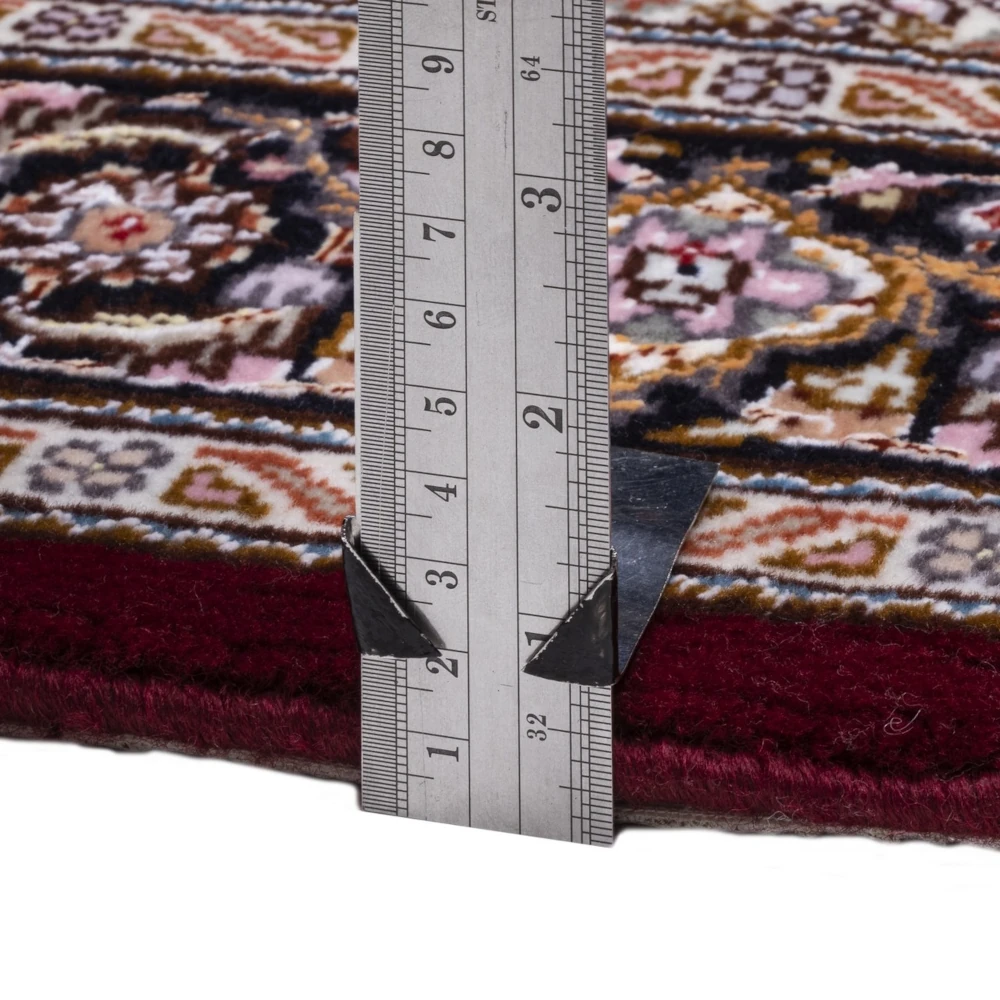
Carpets and big rug sizes are common as well
as area rugs. Carpet sizes are preferred in the
Persian domestic market. Rug sizes are
produced mainly for western markets.
Dyeing and painting of Khoy Rugs
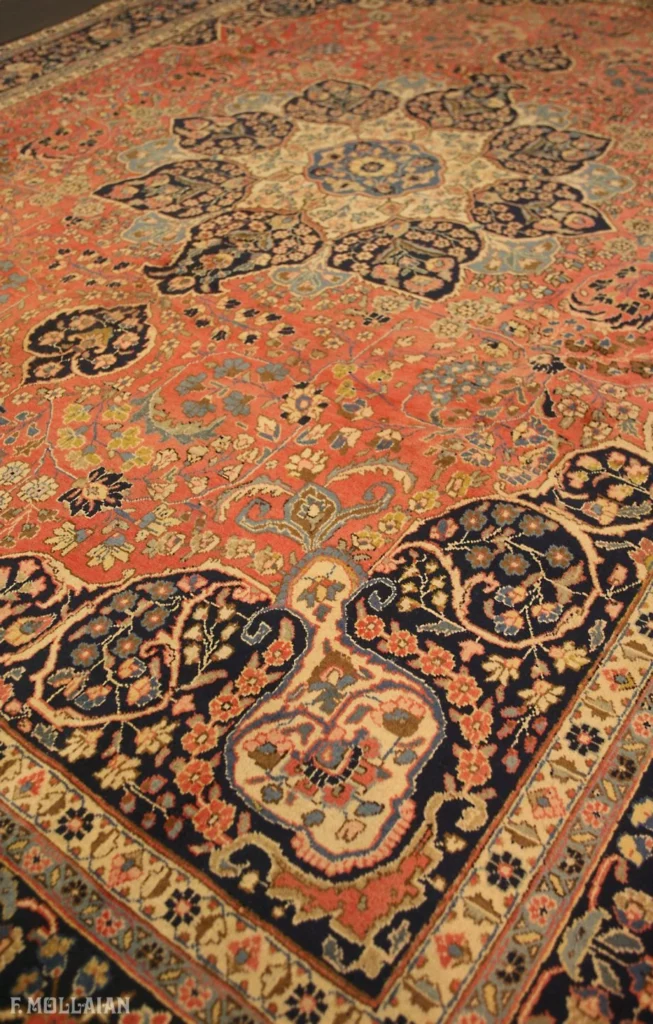
Tapis Persan Semi-Antique Khoy,1920-1950
Red, navy blue and cream are dominant on
Khoy palette. The red used is obtained from
madder’s root. Madder’s root also bring
shades of rose and pink on Khoy palette.
Secondary palette consisted of golden camel,
olive, purple, pink and blues. For camel they
use actual camel hair.
Designs and patterns of the Khoy Rugs
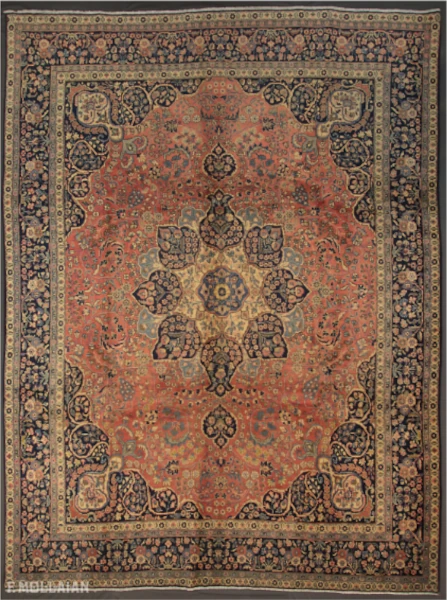
Tapis Persan Semi-Antique Khoy,1920-1950
Most of Tabriz designs are used by Khoy’s
weavers including all-over designs and
medallioned ones.
Mahi is the most favored design in Khoy.
Originating in Herat, this is a universal
design with lots of interpretations. The repeat
is made of a flower framed in a diamond with
curving leaves out of it parallel to each side.
Recalling tiny fishes, these curving leaves
have been named ‘mahi’ (fish) or ‘mahi-dar-
ham’ (twisted fish).
Originally an all-over design, a type of Mahi
repeat is used to fill the field of central
medallion rugs. This make a range of popular designs in Tabriz and therefore in Khoy. The
most celebrated of such designs in Khoy
called “Riz Mahi” (tiny fish).

Riz Mahi (tiny fish)
Originally an all-over design, a type of Mahi
repeat is used to fill the field of central
medallion rugs. This make a range of popular designs in Tabriz and therefore in Khoy. The
most celebrated of such designs in Khoy
called “Riz Mahi” (tiny fish).


